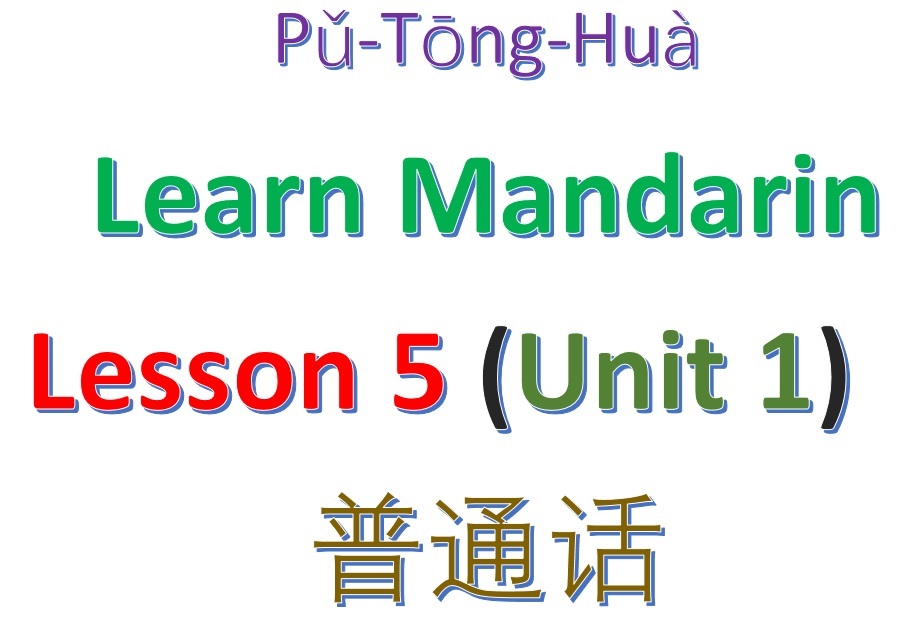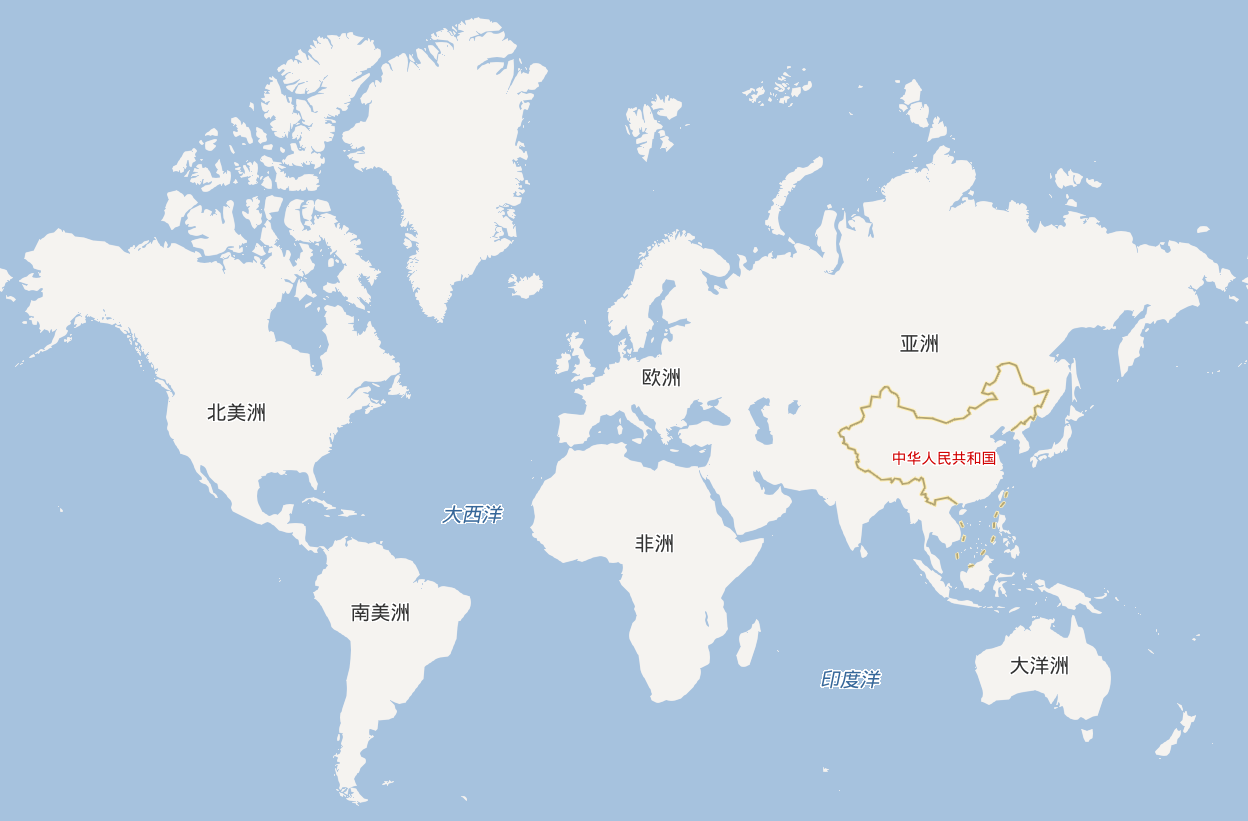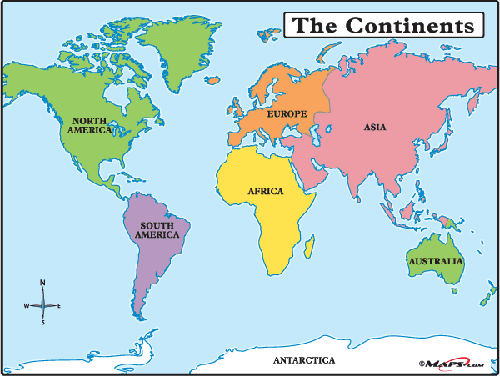Welcome to Mandarin Chinese learning in Lesson 5 ( Unit 1) of SKMLifestyle’s Chinese Language course. In order to keep the language learning journey smooth and manageable, this will be the last lesson from Unit 1. In this lesson we’ll learn the names of different continents. If you have not read previous lessons, please do so now ASAP (check out all lessons from Unit 1). Throughout this lesson, I’d assume that you have been through Mandarin language basics presented in Lesson 1-4 of Unit 1.

Continent and water in mandarin Chinese learning
We know that there are total seven continents. The continent names in Chinese have been derived by mixing both Chinese and English pronunciations. Let’s learn these names in this lesson.
Look at the following world map- I have taken it from China’s Baidu map.

Can you recognize some of the characters in the world map? If you have read the previous lessons carefully, you’d be able to recognize quite a few characters in the map.
In Mandarin Chinese, a continent (or island) is referred to as 洲 (Zhōu). Can you see 3 slanted lines on the left in this character? Apart from the three vertical lines, there are three small lines on the extreme left. These three lines usually represent a presence of water. For example, the lake is called 湖 (Hú), the river is called Jiāng (江) and Hé (河). Can you see some common pattern? Exactly, the three slanted lines on the extreme left are common. There are so many such characters in Mandarin Chinese, and I’ll introduce you to many of them in the appropriate sections of this Chinese Language course.
You’d notice that although 州 (zhōu) and 洲 (zhōu) look quite similar and have the same pronunciations, they nevertheless represent different characters. 🙂 For example, 州 comes with the cities’ names (e.g., Suzhou, 苏州, Sūzhōu), and 洲 is associated with continents. Read on…
Name of Continents in Chinese – Mandarin language basics
Now let’s look at the name of each of the continents one by one.
North America is called 北美洲 (Běi měi zhōu). If you look at the etymology, 北 means north, 洲 is a continent. How about 美? Well, 美 means beautiful. So 北美洲 literally means, “North Beautiful Continent”. How about South America? Well, it’s simple- South America is called 南美洲 (Nán měi zhōu) – “South Beautiful Continent”.
I had a discussion about the presence of “美” in the two continents’ names with my Chinese colleagues. They smiled at my interpretations. Although they in principle couldn’t disagree with my interpretation, the reason for the presence of the word 美 turned out to be a slightly different one. Can you guess?
Let me try to explain briefly. Well, when the Chinese people speak in English, they don’t usually pronounce “r”. So “America” is virtually pronounced as “Ameika”. The character 美 corresponds to “mei” in “Ameika”. Hope it’s clear to you.
Next time when you talk to your Chinese friends, ask them about 美, “hey does the 北美洲 means North Beautiful Continent”. I suppose they’d smile and give you the similar explanation.
Anyways, let’s move to a new continent’s name. Oceania is called 大洋洲 (Dà Yáng Zhōu). The character 洋 means ocean (again, you’d notice three lines of water on the left). Dà Yáng Zhōu represents Australasia which includes Australia and the nearby region.
Antarctica is called 南极洲 (Nán Jí Zhōu). Since 极 (Jí) means pole, Antarctica literally translates to the South Pole Continent.
Europe is written as 欧洲 (Ōu Zhōu). Ōu is basically the pronunciation of the first two letters in “Europe”.

How about Asia? Asia is written as 亚洲 (Yà Zhōu). This is a short form亚细亚洲 (Yà xì yà zhōu) where “Yà xì yà” basically refers to Asia.
Africa is called 非洲 (Fēi Zhōu) which is a short form of 阿非利加洲 (ā fēi lì jiā zhōu).
Division of continents – learn mandarin online
Now, since you know the names of all continents, can you tell me how to divide them in north, south, etc.? Just keep in mind, that when you say North Africa, you need to drop the 洲 (Zhōu) out. Can you understand why?
Well, if you’d say 西非洲, it would mean “the continent of Western Africa.” Which sounds silly as there is no such “continent of West Africa”.
Now let me quickly show you some simple examples-
- 北非 – Northern Africa (Běi Fēi).
- 南非 – South Africa (a country in Africa) (Nán Fēi).
- 西非 – West Africa (Xī Fēi).
- 东非 – East Africa (Dōng Fēi).
- 东亚 – East Asia (Dōng Yà)
- 东南亚 – Southeast Asia (Dōng Nán Yà)
- 中东 – the Middle East (Zhōng Dōng, 中 means middle)
- 北欧 – Northern Europe (Běi Ōu)
- 西欧 – Western Europe (Xī Ōu)
- 东欧 – Eastern Europe (Dōng Ōu)
If you have followed me from lesson 1-4, these 10 names should be a piece of cake for you to learn now.
That’s all in this article on Mandarin language basics.
That’s all in Lesson 4 of the Chinese Language course.
Feeling confident about the lessons? Cool! Try the Chinese Language Proficiency Test and see how much you now you know Mandarin Chinese. Be brave enough to not look at the answers before evaluating the questions (and of course deciding the answers). 🙂
You can also directly head to the next lesson of the Chinese Language Course or check out the previous lesson again.
Hope it’s now it’s easier to learn Mandarin online. You can check out all lessons from Unit 1.
If you have any question about the mandarin Chinese learning or Chinese language course, feel free to post in our forum so that others could also contribute and learn. For regular updates like us on Facebook, or follow on Twitter!
If you enjoy to learn Chinese language, or find the write-ups useful, don’t forget to buy me a beer!
Happy mandarin Chinese learning.
Last updated: Wednesday, March 28, 2018